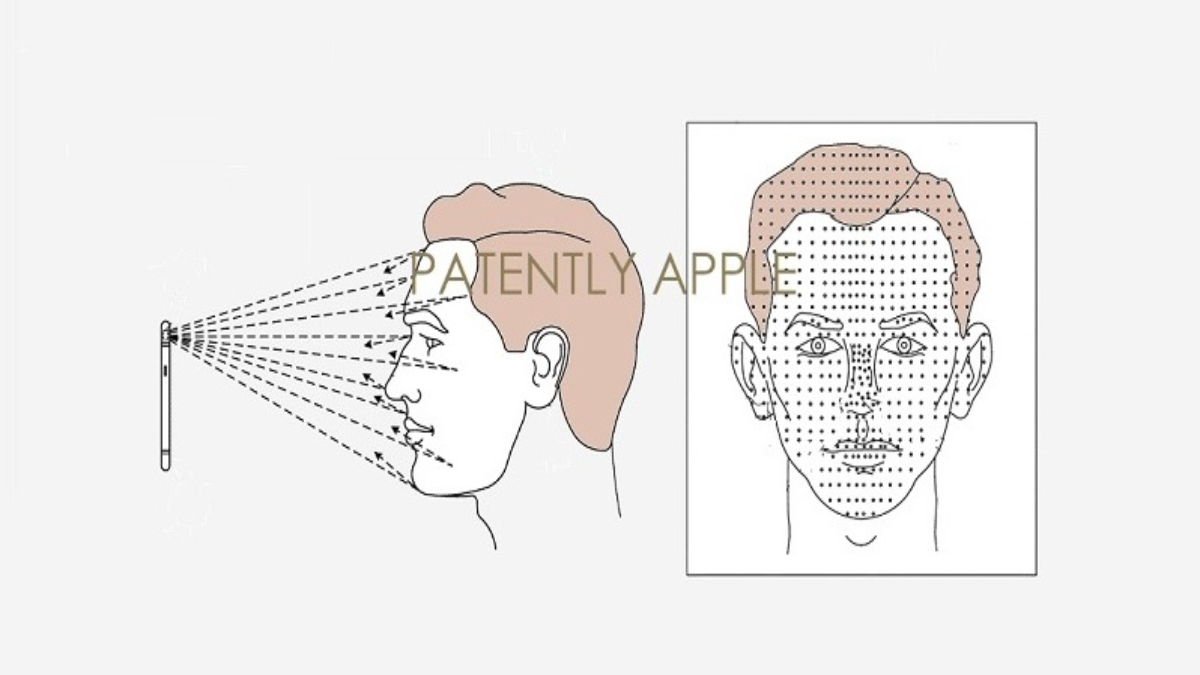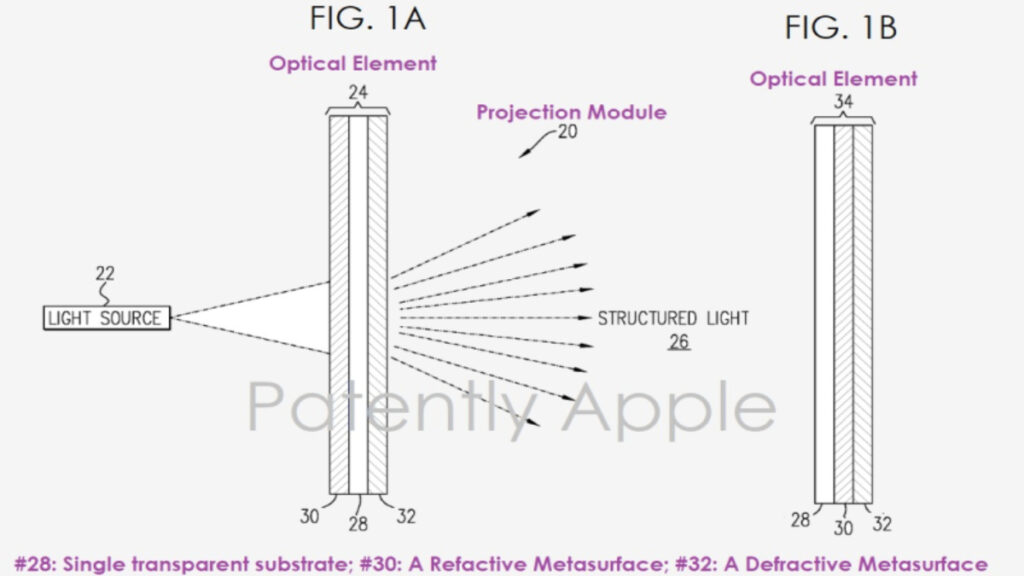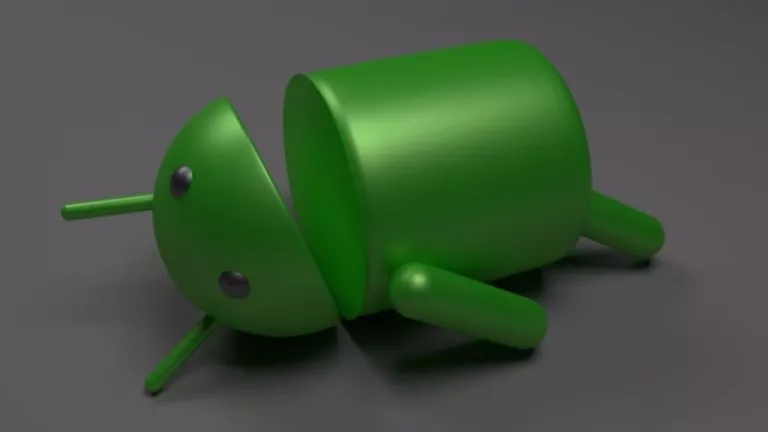Fresh Apple Patent Reveals Next-Gen Face ID Module

Apple has not made any significant changes to its Face ID since the launch of the iPhone 11 series. And even if they did, we haven’t seen a segment for it on any of Apple’s launch events recently. However, Apple might soon start working on the advancement of Face ID.
The latest development we heard about Face ID was that Apple made it more repairable so that the entire module need not be thrown out.
The US Patent and Trademark Office published a patent application from Apple that relates to the tech on Face ID. It particularly talks about optical elements such as the dot projector and the production of those optical elements present in an iPhone’s Face ID.
Apple Patent suggests an update in face ID

According to an article published by Patently Apple, Optical pattern projectors are utilized in a range of applications, with their TrueDepth projection method being one among them. For instance, In some depth mapping devices based on structured light, a projection module projects a pattern of spots onto a target scene.
Then an image of the projected pattern is processed to find the depth details of the points in the target scene. The module contains elements like a light source, a lens system, and a DOE. Using all these components results in a bigger, heavier, and more expensive projection module.
Apple’s larger array of sensors in the Face ID has caused the iPhones to still retain a chunky notch. Although the cut-out has been slightly shortened in the latest iPhone 13 series. It still looks dated when compared to the beautiful punch hole displays from the likes of Samsung.
Users have complained about the notch getting in their way of consuming content as it takes them out of the experience.
However, this new invention by Apple addresses the problem by using a single optical element. The projection module will perform both the focusing and patterning functions. This will hence result in a lighter, smaller, and less costly face ID mechanism. You can have a look at the module in the image above.
Although it’s unlikely we’ll see this in the upcoming iPhone 14 but we can always keep our fingers crossed for next year. According to the U.S Patent and Trademark Office; Apple recently filed 5 different patents which we hope will see the light of day. Are you excited about an update to Face ID?





